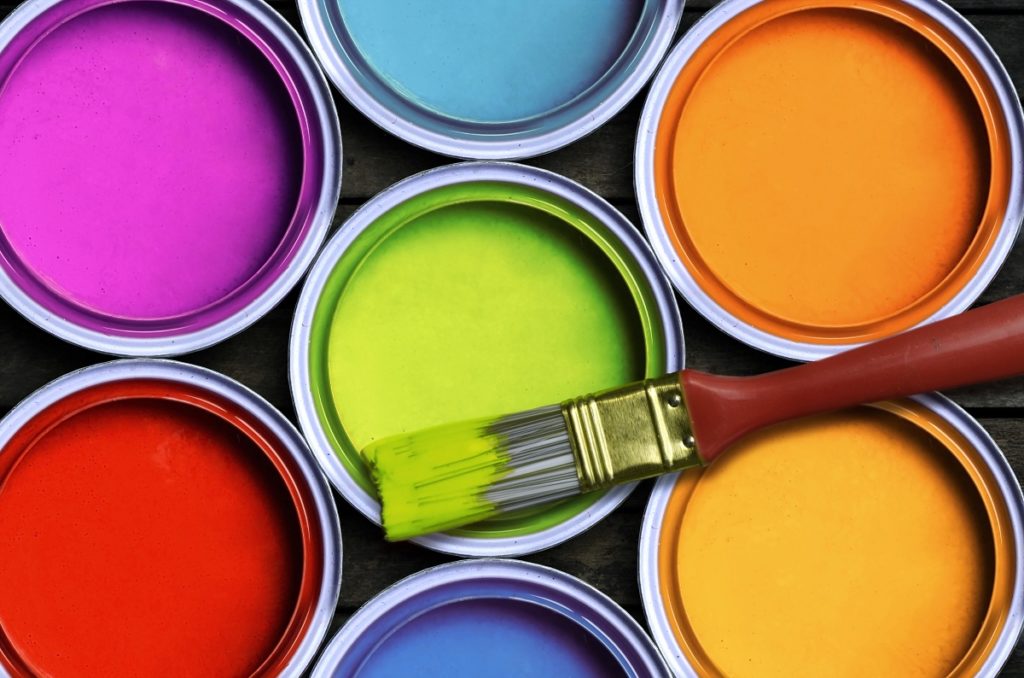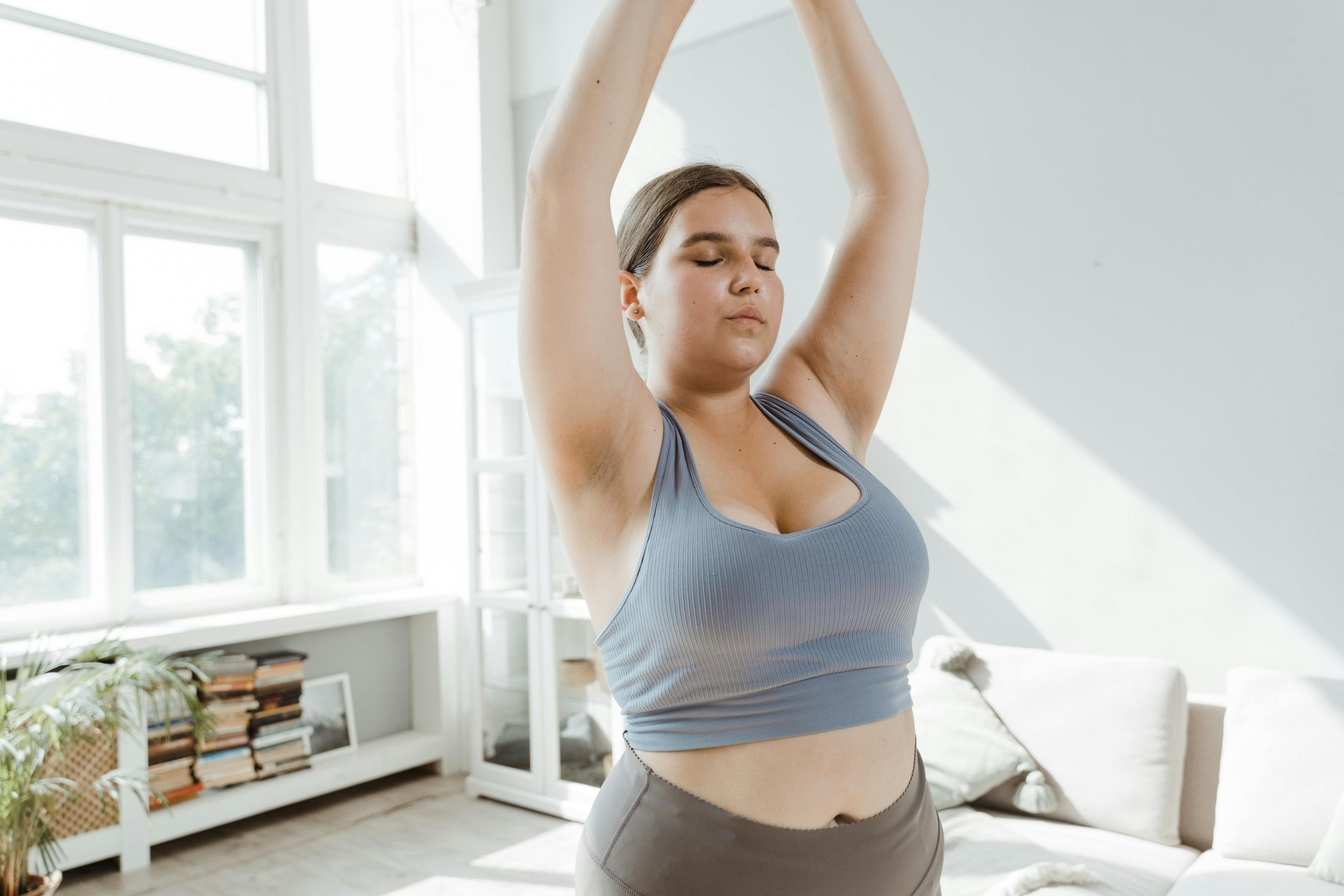It’s often said that generations growing up today are faced with greater financial challenges than those before. The cost of living in many areas keeps on going up; there’s some truth behind the stereotype of millennials who must rent everything. As a result, more young professionals are finding it necessary to defer their personal interests as they pursue various occupational choices in order to earn a living.
But once you’ve reached a certain level of financial stability, there’s no reason why you can’t resume learning as an adult. It’s an oft-repeated truism that “life begins at 40”; these years present a great opportunity to dive into hobbies for enjoyment and fulfilment. For many, painting is a craft which may have sparked youthful interest but was too expensive or time-consuming to pursue in earnest. Later in life, more people can dedicate their time to creating art, and have the means to buy all the materials and equipment necessary. Amateur artists in areas with wide-open spaces like Denver can easily have a personal studio by looking up sheds for sale. But beyond purchasing requirements, here are the steps to take in pursuing the art of painting as an adult.
Master the fundamentals
Even if painting is purely a recreational activity and you don’t aspire to holding a gallery exhibit, older artists nonetheless tend to set their personal standards a little higher. They want to paint good compositions, or attempt realistic images, for instance. The fundamentals of drawing and perspective are essential to this; fortunately, anybody can learn if they make an effort. Classics such as Drawing on the Right Side of the Brain by Betty Edwards and Successful Drawing by Andrew Loomis are an accessible starting point for anyone seeking to improve their fundamentals. Many online tutorials are also available for those who prefer to learn from video guides.
Experiment with media
You may know that not all painting is done with the same medium; many artists have a personal preference for oil, acrylic, or watercolor. Oil painting tends to be beginner-friendly, since the slow-drying medium affords plenty of time to correct mistakes. Acrylics dry quickly, are non-toxic and more archival-friendly. Watercolor lends itself to spontaneous and somewhat unpredictable effects. All three can yield wonderful results; as an aspiring artist, you can go with the medium preferred by your favorite painters, as that will help you create images in line with what you already like. Or you could experiment with all three and find which one suits your style best.
 Take on new challenges
Take on new challenges
As with any skill, there’s always room for improvement with painting. Your hobby can feel more rewarding if you take the time to improve through deliberate practice. Tackling a new challenge each week can help. Work with a limited palette or tonal range to better understand color theory and the properties of each pigment; try to copy a specific painting by one of the classical masters to appreciate their techniques. And if you find yourself stuck, don’t worry – feel free from the pressure to produce a masterpiece each time. You’ll learn faster by giving yourself permission to fail frequently and study your mistakes.
It’s never too late to learn how to paint, and restarting your hobby as an adult can give you the freedom you need to experiment, be creative, and truly enjoy each day of making art.





